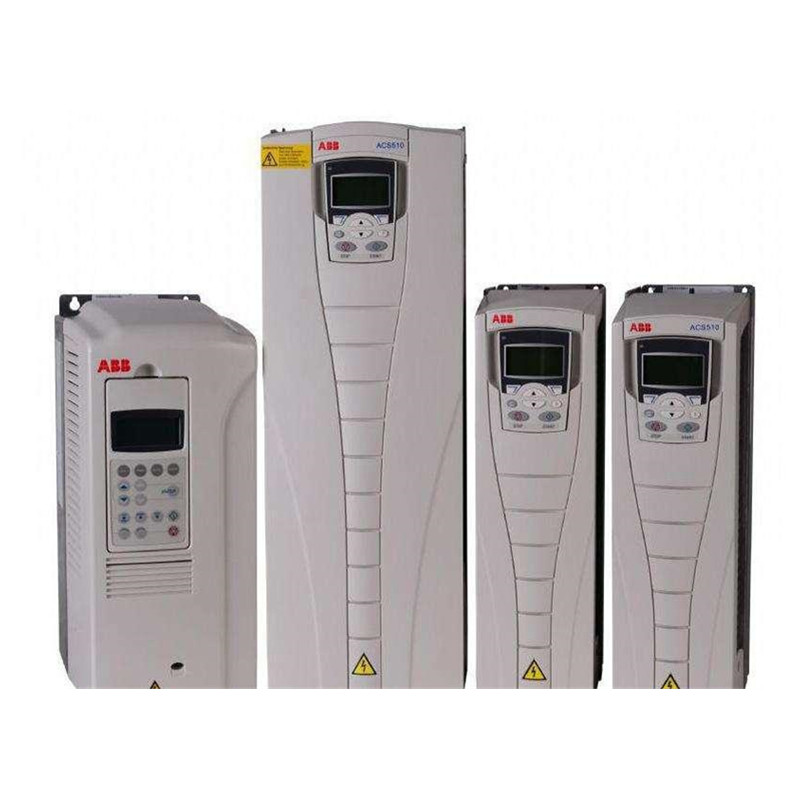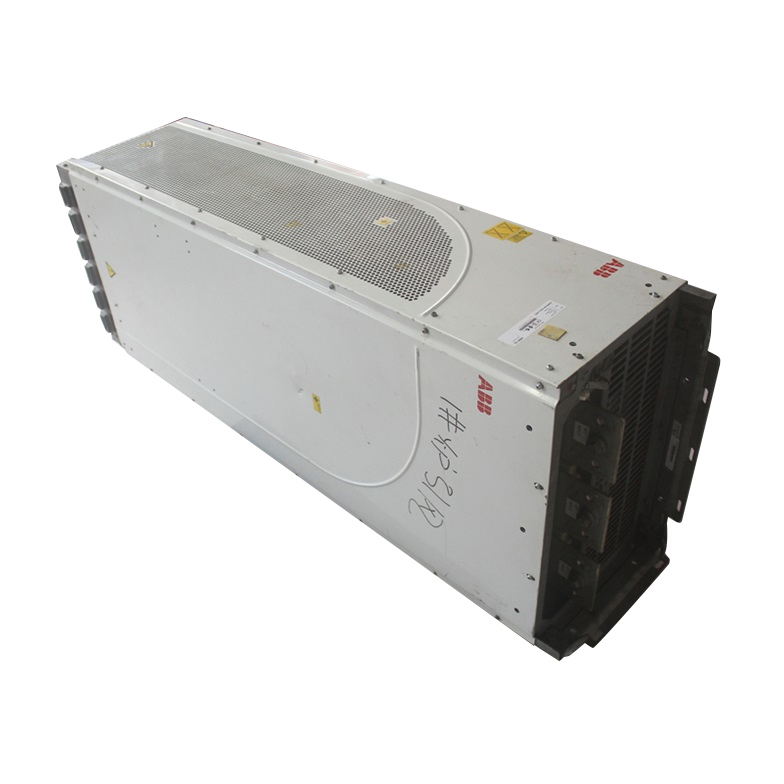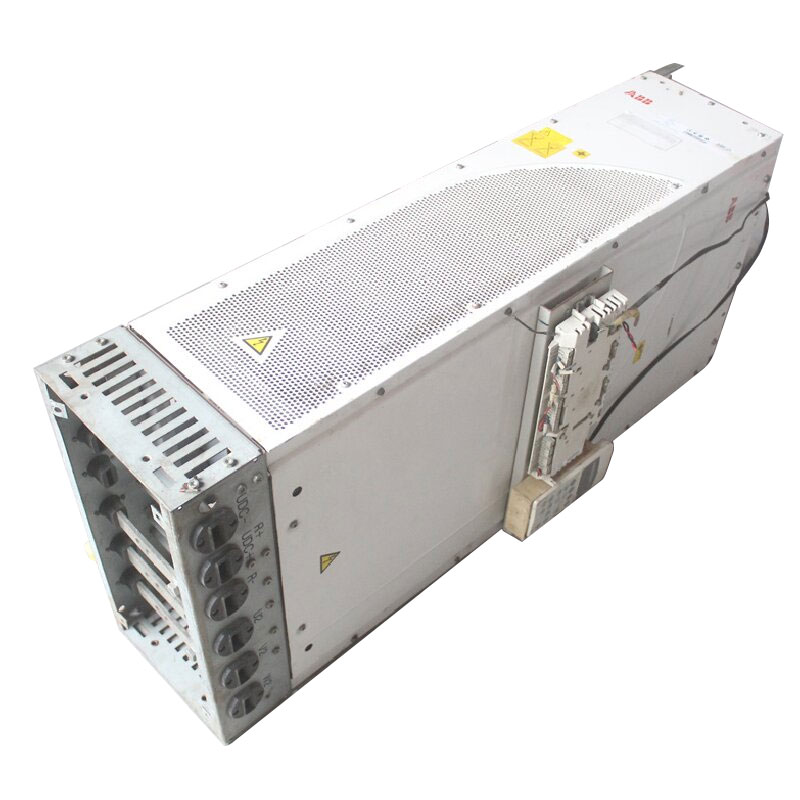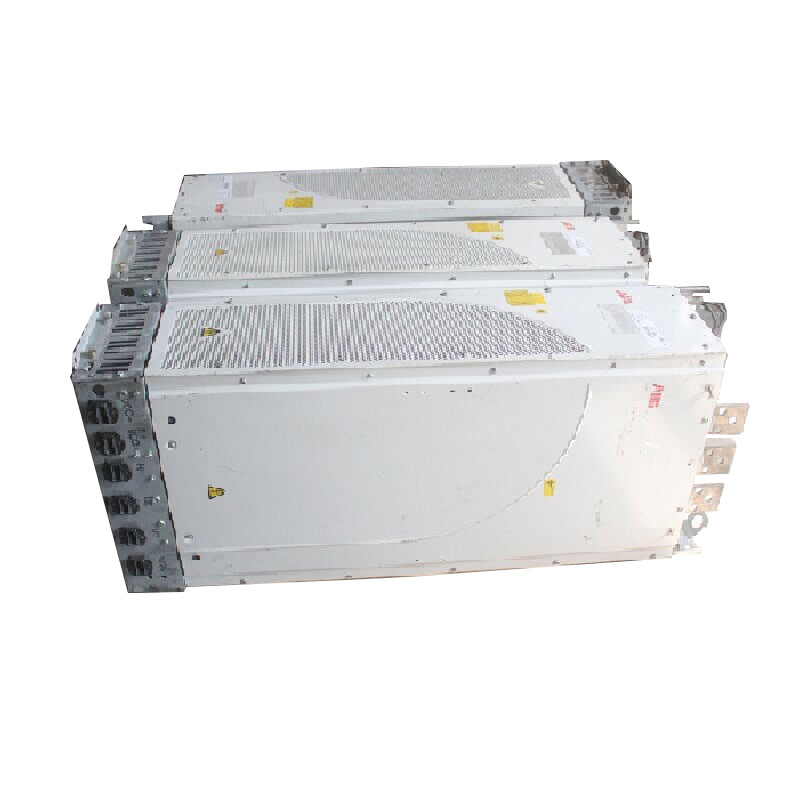
Search
ABB is a famous brand in Europe and even the world. High and low voltage inverters, high and low voltage electrical appliances, transformers, motors, power generation equipment, etc. are its mature products, and are widely used in power plants, chemicals, paper making, metallurgy and other industries. It should be said that ABB's products have received unanimous recognition from a large number of users in China. The ABB Inverters occupy an important position in the Inverter market due to their stable performance, rich optional expansion functions, flexible programming environment, good torque characteristics, and various series that can be used in different occasions. The performance of ABB Inverters in the Chinese market is evident to everyone. ABB Inverters, with their strong brand effect and high social awareness, are at the forefront of the Chinese Inverter market.

So, in the maintenance of ABB Inverters, customers often provide some fault codes, but engineers cannot understand how to handle and inspect these fault codes when they occur. Therefore, to determine a machine fault, we need to first understand the meaning of the fault code reported by ABB Inverter ACS800, so that we can quickly and accurately determine its fault, solve the problem in a timely manner, and avoid more losses. The following are basically all possible causes of overcurrent, which should be analyzed based on the actual process, equipment, and environmental conditions on site.
1. Sudden load change or stall.
Method: Check the load, motor current, and mechanical parts of the system.
2. Close the output contactor.
Method: If an output contactor is used, the modulation of the Inverter should be stopped first, and then the contactor should be disconnected. Note: There is no such restriction in SCALAR mode

ABB ACS800-04P-0320-3+P901 ACS800 Invert
3. Motor connection error. (Star angle connection)
Method: Check the motor voltage and connection method on the motor nameplate and compare them with 99 sets of parameters.
4. The slope time is too short, so that the overcurrent controller does not have enough control time.
Method: Check the load and increase the ramp time.
5.Speed or torque oscillation of the motor.
Method:
[1] Caused by speed setting: Check if the speed setting value oscillates.
[2] Caused by torque setting: Check if the torque setting oscillates.
[3] Caused by overcompensation of speed response: Check the parameter settings of the speed regulator. (In some cases, Self-tuning may not bring satisfactory results.)
[4] Caused by excessive feedback filtering time.
[5] Caused by incorrect pulse encoder value: Check the waveform of the pulse encoder and check the number of pulses.
[6] Caused by the motor model: Obtain correct motor data from the motor nameplate and compare 99 sets of parameters.

ABB ACS800-04-0210-3+P901 Inverter
6.Output short circuit: Damaged motor cable or motor.
Method:
[1] Check the insulation of the motor and motor cables.
[2] Disconnect the motor cable from the Inverter and operate the Inverter in scalar mode. If the Inverter does not trip, it indicates that the Inverter is good.
7. Output ground fault in grounded power grid.
Method: Check and measure the motor and motor cables using a megger or insulation gauge.
8. Incorrect motor and transmission selection.
Method:
[1] Check if the rated current value of the motor is within. [Note 1/6-2 in DTC mode; 0-2 in scalar mode].
[2] Check the output current, torque, and limit words.
9. Power factor correction capacitors and surge absorbers.
Method: Confirm that there are no power factor correction capacitors and surge absorbers on the motor cable.
10. Pulse encoder connection.
Method: Check the pulse encoder, pulse encoder wiring (including phase sequence), and xTAC module.
11. Incorrect motor data.
Method: Check and correct the motor data according to the motor nameplate.
12. Incorrect Inverter type.
Method: Compare the nameplate of the transmission with the software parameters.
13. There is no communication between the RMIO board and the RINT/INT and AGDR boards.
Method:
[1] Check and replace the optical fiber.
[2] Check the flat cable.

ABB ACS800-04-0170-3+P901 Inverter
14. Overcurrent in scalar control mode
Method:
[1] Check and replace the current transformer.
[2] Check the output current, torque, and limit words.
15. Internal faults.
Method:
[1] Check and replace the current sensor.
[2] Replace the xINT board.
[3] Confirm if the flat cable is properly connected.
[4] Replace all optical fibers between the INTs board and the xPBU board. (In the case of parallel connections)
16. The Inverter of ACS800 reported 2310 as an overcurrent fault.
Method: Check if the motor cable is damaged and if the motor does not rotate. The relationship between 2310 and the Inverter is not significant, and it is basically a problem with the motor and cable.
With Rockss Automation, businesses no longer need to settle for just selling ABB products; we offer a holistic approach that combines seamless sales with comprehensive maintenance services. Our team of experts understands that a thriving business depends on more than just the initial purchase. That's why we go above and beyond to provide top-notch support throughout the entire product lifecycle.